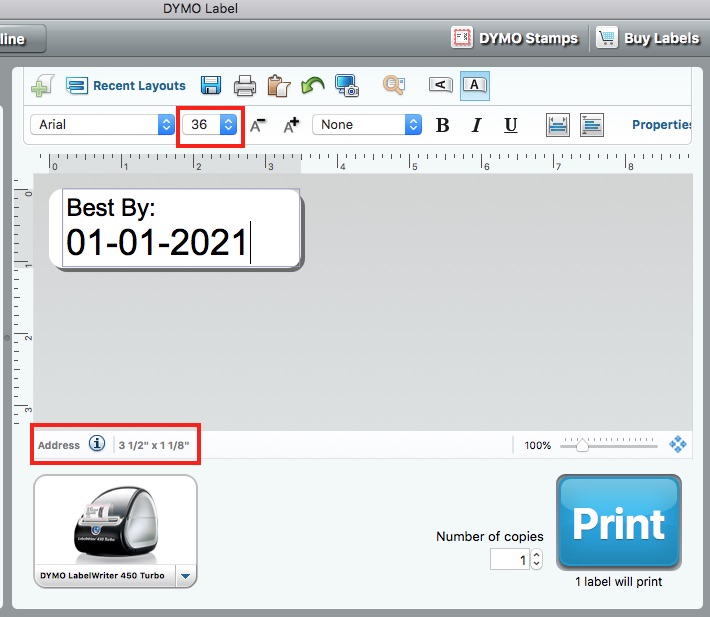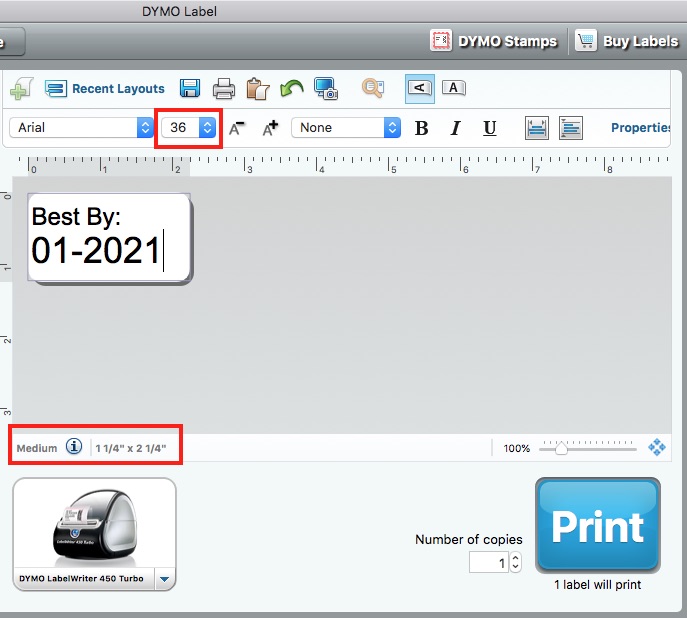Meltables, lot codes, and expiration dates – oh my! It seems that expiration-dated inventory can trip up even seasoned Amazon sellers.
It’s true: there are extra rules and requirements for sending in perishable items to FBA. But it’s not that bad.
I’ve had sellers tell me that they avoid products that have expiration dates because they don’t know what to do with them.
Well that won’t do!
There are lots of products with expiration dates, which means you’re leaving a lot of profit on the table by skipping them. Once you learn the rules, things won’t be so scary! And the little bit of extra time it takes to prep your products will be worth it once you’re shipping in replenishable items!
Today, I would like to share some of my tips on making the best of items with expirations. Let’s dig into some fresh content!
Amazon’s Rules for Expiration Dates at FBA Warehouses
Before we get to the nitty-gritty details of prepping and labeling, let’s first look at Amazon’s general requirements for sending in expiration-dated inventory. All of the requirements in this article are directly from Amazon’s guidelines.
Which Items Require Expiration Dates for Amazon FBA?
Most people think of Grocery items, but Amazon has a specific definition:
“All topical and consumable products (including nutritional supplements), whether for human or animal consumption, are considered by FBA to be subject to expiration, even if an expiration date is not indicated on the packaging.”
This means that in addition to obvious things like food in the Grocery category, you’ll also find many products in the Beauty, Health & Personal Care, and Pet Supplies that are subject to expiration.
Time Constraints for Expiration-Dated Items
Amazon also has rules about when FBA sellers can send in expiration-dated inventory. Basically, Amazon doesn’t want you shipping them items that are about to expire. Also, customers wouldn’t want to receive an item that only has one or two months of remaining shelf life.
Amazon has specific limitations regarding 1) limits to when sellers can send in items and 2) when Amazon employees will dispose of inventory:
“To be eligible for FBA, food and beverage products and products that ship with food or beverages must be lot-controlled and have a minimum remaining shelf life that is greater than 90 days. Items within 50 days of the expiration date at the time of arrival will be marked for disposal by Amazon. Inventory subject to disposal cannot be returned to you.”
That means when you are sending products into Amazon fulfillment centers, they have to be checked in and still have more than 90 days left on the shelf life. If you are cutting it close, you will want to account for time for the item to ship to Amazon as well as time for it to be fully checked in (and possibly transferred to other fulfillment centers).
Then, once the items are in a warehouse, they must sell before there is less than 50 days remaining on the shelf life. Once there is less than 50 days left, Amazon will dispose of the products and you cannot get them back.
When you’re out sourcing, the main number to remember is 90 days. That’s right at 3 months, but I like to pad it a little when I'm doing the math in my head. That way you’ll have enough time to get the items shipped to Amazon.
I tend to think about my new expiration date criteria at the start of a new month. So if it’s early August, I know that I am looking for products that expire later than November. If you want to know the exact date limit, you can use a date calculator or you can just type “90 days from now” into a Google search bar.
Special Rule for Items Intended for Regular Use
There’s one more rule that overrides the 90-day rule:
“Expiration-dated products intended for regular application or consumption must have a remaining shelf life that includes the consumption period in addition to the 90 days. For example, a 240-count bottle of daily supplements must have a remaining shelf life of 240 days + an additional 90 days at the time of check-in at the fulfillment center.”
So here they are talking about things like vitamins, supplements, and anything where the product is meant to last a certain number of days.
Think about it like this: if you’re selling a bottle of 240 “one-a-day” vitamins, the customer won’t be very happy to receive them with only 90 days of shelf life remaining. With this rule, Amazon guarantees that the customer would have the 240 days’ supply plus the 90-day buffer.
Shipping Expiration-Dated Items to Amazon
Amazon also has a special rule about shipping expiration-dated inventory to their warehouses:
“When shipping expiration-dated inventory to Amazon, each box must only contain ASINs with a single expiration date. Multiple ASINs can be shipped in the same box only if all of the ASINs in the box have the same expiration date.”
Doing it this way will allow for you to accurately complete your Box Contents information for your shipment. It also means that Amazon knows which boxes contain which expiration dates.
Meltables
Consumable items that are meltable have their own set of guidelines that are in addition to any relevant expiration dates. Due to hot temperatures in Amazon warehouses and shipping trucks, Amazon does not fulfill meltable products during certain times of the year:
“FBA accepts products that are subject to melting between October 1 and April 30 of each calendar year. Any meltable inventory in our fulfillment centers after May 1 is marked as unfulfillable and disposed of. Meltable inventory that arrives at fulfillment centers between May 1 and September 30 is marked as unfulfillable and disposed of.”
If you have any meltable inventory in an Amazon warehouse in April, it might be time to lower prices and get the sale. Don't worry: Amazon usually sends out a reminder email with about 30 days to go.
Not sure if your product is meltable?
“Meltable refers to heat-sensitive products that are eaten or swallowed, including chocolate, yogurt, gummies, and probiotics. Chocolates, gummies, yogurt-covered items, and probiotics will not be fulfilled through FBA from May 1 through September 30.”
If you find a must-sell meltable during the restricted window, you can always merchant fulfill the item.
Labeling Items with Expiration Dates for Amazon FBA
Expiration-dated items do require an extra label while you prep. Amazon has the following labeling requirements:
- “All expiration-dated products must have the expiration date printed in a font that is 36 point or larger. All case packs, multi-packs, and display boxes must have the expiration date on the box or bundle, as well as on each individual item inside the box or bundle.”
- “Expiration dates must be displayed in the format MM-DD-YYYY or MM-YYYY. If the expiration date is in a different format, you must cover the existing date with a printed label with the expiration date in the correct format. Lot numbers alone are insufficient.”
- “Any printed manufactured date must be covered with a label with the expiration date in the correct format. Failure to cover the manufactured date on a product may cause delays in receiving your products, or may cause your products to be received as expired.”
- “Expiration-dated products that require additional prep, such as poly bagging or bubble wrap, must have labels with expiration dates in 36-point font or larger applied to the outside of the product prep or packaging.”
If you use a Dymo printer, it’s easy to open the Dymo software, select your label size, and create a template for your expiration date label. You can save it so that all you have to do is change the date.
On the Dymo 30252 (address size) labels, it’s easy enough to fit the MM-DD-YYYY information in size 36 font.

On the smaller Dymo 30334 labels, I could only fit the MM-YYYY format in size 36 font.

I also have a template for 30-up labels: Best By Template. These work with Avery 5160 Labels. Here’s how they look if you fill out the date in 36-point font:

Whatever label you use, it needs to go either directly on the product (covering the manufacturer’s expiration date) or on the outside of any bubble wrap or poly bags. If you don’t do this, Amazon can either refuse the items or charge you for labeling them for you.
Making Sense of Lot Codes
Sometimes, you may find yourself with a product that meets Amazon’s definition of expiration-dated, but has no actual “Best By” or “Expires On” date on it.
Amazon still expects you to provide a properly formatted expiration date in this scenario. In this case, you’ll need to check the packaging for a lot code.
Manufacturers put lot numbers on items as a way of grouping products by production date. That way, in the event of a recall or safety issue, the manufacturer can recall the affected items.
If you have an item with a lot code, you may need to contact the manufacturer for help converting the lot code into an expiration date.
Other times, you may have a product with a “manufactured on” date instead of a “best by” date. If you have a product that was manufactured in June of 2017 and the product is good for three years, then your label could say “Best By 06-2020”.
Remember that for multi-packs or bundles containing perishable items, your products may have three separate labels: seller barcode, expiration date, and “sold as set/do not separate”.
Let Your Worries Melt Away
I hope that I was able to explain the rules to make them easier to understand and not so scary!
There are so many amazing expiration-dated items in drug stores, grocery stores, online, and on clearance. Don't let fear of extra labels keep you from sourcing these products!
I want to know what you think about expiration-dated items. More trouble than they're worth or the key to sweet profits? Share your thoughts or questions in the comments below!

